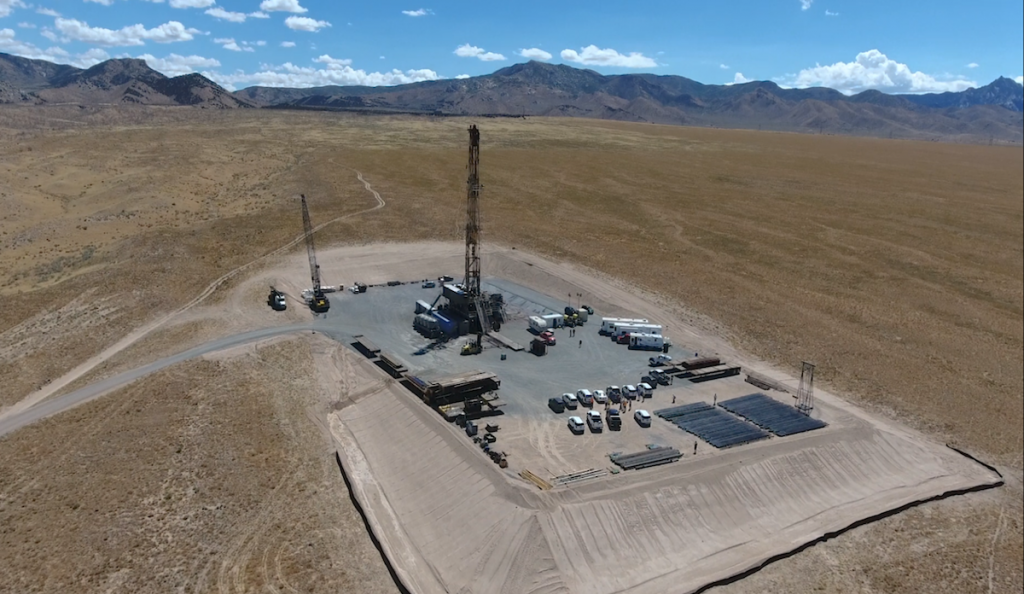Geothermal funding of $69m announced in new U.S. budget bill

The U.S. legislative has passed bi-partisan budget bill that includes $69 million in geothermal funding for Enhanced Geothermal Systems, with $20 million for the FORGE project and $10 million for a demonstration heat project.
Congressional negotiators in the U.S. legislative have unveiled a $1.4 trillion year-end package that would boost spending for energy and environmental agencies.
The House of Representatives passed the legislation, which was then approved by the U.S. Senate. It is now expected that the U.S. President will sign it.
The package also provides increases for Energy Department programs for clean energy, nuclear energy, and fossil fuels.
With large funding increases for nuclear energy research and new advanced nuclear reactors, the total package would provide a $59 million increase to the Advanced Research Projects Agency-Energy (ARPA-E), which conducts research into promising next generation energy technologies.
The bill would also include funding for Geothermal Technologies.
The agreement now announced provides $69 million for Enhanced Geothermal Systems. The agreement provides $20 million for the Frontier Observatory for Research in Geothermal Energy (FORGE), with activities to include ongoing novel subsurface characterization, full-scale well drilling, and technology research and development to accelerate the commercial pathway to large-scale enhanced geothermal systems power generation.
Not later than 60 days after enactment of this Act, the Department shall provide to the Committees on Appropriations of both Houses of Congress a briefing on the current status, research agenda, use by outside entities, and decommissioning plans for FORGE.
Within available funds, $10 million is provided to fund at least one demonstration project in an area with no obvious surface expression. The Department is further directed to fund at least one demonstration of geothermal technologies for innovative distribution of heat through ground-source heating and cooling of district heating.
Source: EE News, Bloomberg Environment